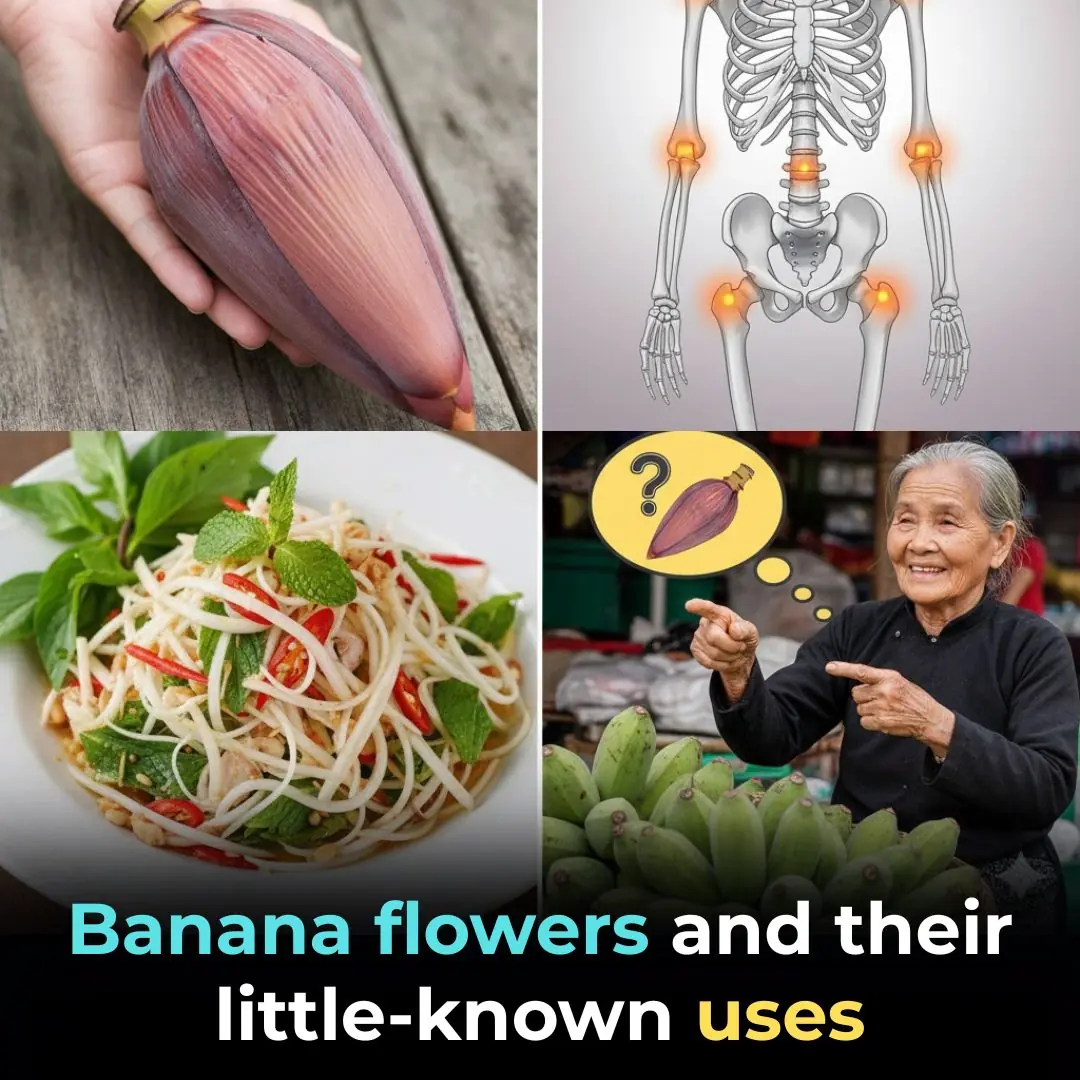
Meet The Specks, the Black Brother-Sister Duo Who Invented the Potato Chip
The Crunch Heard Around the World: The Untold Story of the Black Siblings Behind the Potato Chip
Where would we be without Black inventions?
Think about it — every time we drive a car, switch on a light, or snack on something crispy and salty, we’re often enjoying the genius of an inventor whose name we might not even know. The same goes for one of America’s favorite comfort foods: the potato chip. Though most of us don’t think twice before opening a bag, few realize that this crispy delight was created by two Black siblings in the mid-19th century — George Speck (better known as George Crum) and his sister Catherine “Kate” Speck Wicks.

According to the Saratoga County History Center, George and Kate were born to Abraham Speck and Diana Tull, a free African American and Native American couple, in upstate New York during the early 1800s. Their father, who also went by the surname Crum while working as a horse jockey, passed that name to his children. Growing up, George worked as a mountain guide in the Adirondacks, developing a strong work ethic and love for the outdoors long before finding his true calling in the kitchen (Saratoga County History Center).
From Guide to Gourmet: The Birth of “Saratoga Chips”
By the 1850s, George began working as a chef at Moon’s Lake House, an upscale resort restaurant located on Saratoga Lake, a popular retreat for wealthy visitors from New York City and beyond. It was there that he gained a reputation for his precise technique and flavorful dishes, earning praise from locals and tourists alike (ThoughtCo).
But how exactly was the potato chip born? That’s where history gets a little fuzzy.
According to one of the most famous legends, a fussy customer at Moon’s Lake House kept sending back his order of fried potatoes, complaining they were “too thick.” Frustrated, George decided to mock the man’s request by slicing a new batch of potatoes paper-thin, frying them until crisp, and sprinkling them with extra salt. To his surprise — and the customer’s delight — the new dish was a hit. Before long, guests were flocking to Moon’s Lake House to try “Saratoga Chips,” which quickly became the restaurant’s signature item (Smithsonian Magazine).
A Different Story, A Shared Legacy
However, as with many stories of invention — especially those involving Black innovators — the truth may have been more complex. Another version, supported by multiple historical accounts, credits Kate Wicks as the actual inventor. As the story goes, she accidentally sliced a potato too thin one day while working alongside her brother, and when it fell into the hot oil, it fried up into a crisp, golden sliver. After tasting it, George approved, and the dish soon appeared on the menu.
This version gained credibility when Kate’s 1924 obituary in The Saratogian stated, “A sister of George Crum, Mrs. Catherine Wicks, died at the age of 102 and was the cook at Moon’s Lake House. She first invented and fried the famous Saratoga Chips.” Kate also published several local articles during her lifetime recounting how the accident happened, making her role even more plausible (The Saratogian, 1924).
Notably, a 1983 biography commissioned by Crum himself and his later obituaries never mention the potato chip — something that historians find curious, given that the chef was otherwise proud of his culinary accomplishments (The Washington Post). Many experts, including food historians from the National Museum of African American History and Culture, now believe that Kate was indeed the originator of the potato chip, with her brother’s fame helping the recipe spread (Smithsonian Magazine).
From Family Recipe to National Obsession
Regardless of who sliced the first potato, the siblings’ creation revolutionized snacking culture. Word spread fast, and “Saratoga Chips” became a fashionable delicacy across the East Coast. Restaurant owner Cary Moon, seeing the popularity of the dish, began commercially packaging and distributing the chips under his own name — a move that effectively erased the Speck siblings from the public story (History.com).
Still, George continued to innovate. In the 1860s, he opened his own restaurant, Crum’s Place, in Malta, New York, which catered to an elite clientele including Vanderbilts, Rockefellers, and even Henry Hilton. Every meal was accompanied by a basket of his now-famous thin, crispy chips. For years, Crum’s Place was known as one of the most respected fine dining establishments in the region (Saratoga County History Center).
The chips’ popularity eventually caught the attention of food entrepreneurs. By the 1920s, Herman Lay, founder of Lay’s Potato Chips, began mass-producing and marketing potato chips across the South, turning what was once a regional curiosity into an American staple (The Washington Post). Sadly, by that time, the Speck siblings’ contributions had been largely forgotten — their legacy overshadowed by commercial success and the erasure of Black inventors from mainstream narratives.
Honoring Their Contribution
George Crum retired after closing his restaurant in 1890 and passed away in 1914 at the age of 92. His sister Kate Wicks lived another decade, dying in 1924 at 102. Though they never received formal recognition in their lifetime, their impact on American food culture is immeasurable.
Today, historians and cultural institutions are reclaiming their story. Exhibits at the Saratoga County History Center and the National Museum of African American History and Culture now highlight the siblings’ pivotal role in one of America’s most beloved snacks. As Smithsonian Magazine notes, “The potato chip is more than just a food — it’s a piece of African American ingenuity that shaped how the world snacks.”
So the next time you open a bag of chips, take a moment to remember George and Kate Speck — the Black innovators whose creativity, talent, and hard work gave the world one of its simplest yet most satisfying pleasures.
Because of them, we can crunch.
News in the same category


Negro History Week: Here’s the True Story Behind Black History Month

10 Natural Foods That Outshine Supplements, According to Nutrition Experts

Why You Should Never Pour Boiling Water Down the Kitchen Sink

Button Mushrooms: A Humble Market Treasure Packed With 17 Times More Potassium Than Bananas

6 Foods That Never Expire If Properly Stored

Coronation Street follow-up: Will Driscoll in new grooming storyline as spoilers confirms more details of his secret

KRISTI NOEM RIPS ZACH BRYAN's NEW SONG CRITICIZING ICE ... He Responds to Backlash

‘Poop smears on the seat’: Delta reportedly apologizes after passenger endures cross-country flight next to ‘human biohazard’

Turning Point USA Announces Rival Super Bowl Halftime Show 'Anything in English' Option

Strictly star Ellie Goldstein addresses exit as she announces she and Vito will keep training together ‘until the final’

GBBO star Prue Leith reveals she’s tried weight-loss jabs: ‘I didn’t shed an ounce!’

What Is The Normal Blood Pressure For Each Age

🦶 Your Feet Are a "Blood Sugar Meter": Beware of Diabetes If You Frequently Experience These 5 Strange Symptoms

‘New Couple Alert’ on Hoda Kotb’s Photo With Kevin Costner at Super Bowl

Blurred Vision in One Eye and a Headache

George Clinton and Rodney “Darkchild” Jerkins Honored as 2025 Songwriters Hall of Fame Inductees

Angel Reese Surprises Mom for Birthday by Paying off Her Mortgage

THIS 30-YEAR-OLD FOUNDER IS BEHIND THE WORLD’S FIRST ON-DEMAND ELECTRIC VEHICLE CHARGING NETWORK

Pioneering Founder of ‘Afro Sheen,’ George Johnson, to Release Memoir at 97 Years Old
News Post

Meet Mr. & Mrs. Grady, Owners Of North Carolina’s Only Black-Owned Whole Hog Barbecue Smokehouse

Negro History Week: Here’s the True Story Behind Black History Month

Buckingham Palace statement in full as King Charles removes Prince Andrew’s title

Has the Bermuda Triangle Mystery Finally Been Solved

Put the entire roll of toilet paper in the refrigerator

4 Types of Shoulder Pain That May Signal Dangerous Cancer — Don’t Mistake Them for Simple Joint Problems

6 Body Parts That Turn Black May Signal Cancer — Don’t Ignore Them

Serrated Leaf Motherwort: A Precious Herb with Many Benefits

Banana flowers and their little-known uses

Eat these 5 fruits to avoid magnesium deficiency, keep your heart healthy and your bones strong.

The Amazing Power of Caesalpinia pulcherrima (Peacock Flower)

White Bumps or Spots on Lips: Causes and Effective Treatments

Corn Silk: 30 Health Benefits and How to Use It

Turmeric Dosage: How Much You Actually Need for Arthritis, Cancer, and Other Diseases

Better Than Medicine? The Shocking Truth About Dates & Blood Sugar!

7 Nuts You Should Eat for Better Health (and the #1 Nut You Should NEVER Touch)

An easy-to-dismiss symptom in your foot could be a sign of several more serious illnesses

How to cook black bean perilla water to detoxify the liver and nourish the kidneys
